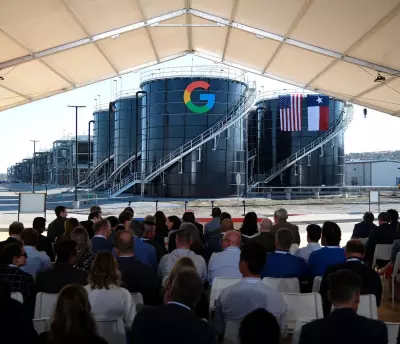
Australia's ambitious leap towards renewable energy has delivered an unexpected blow to household budgets, with new data revealing electricity prices are surging despite the promised cost benefits of green power.
The Great Australian Power Paradox
While renewable energy sources were touted as the solution to cheaper electricity, Australian consumers are facing the opposite reality. Industry analysis shows that the rapid transition away from coal-fired power stations has created a perfect storm of grid instability and infrastructure costs that are being passed directly to households.
The fundamental issue lies in the intermittent nature of renewables. When the sun doesn't shine and the wind doesn't blow, the grid requires backup power sources that can be activated immediately - and these come at a premium price.
Grid Costs Spiral Out of Control
Massive infrastructure investment is required to connect remote renewable projects to population centres, with transmission line costs running into billions of dollars. These expenses inevitably find their way onto consumer bills through network charges.
Meanwhile, the exit of reliable coal-fired power has created volatility in wholesale markets. When renewable generation drops unexpectedly, prices can spike dramatically within minutes, contributing to overall higher average costs.
The Consumer Impact
Households across Australia are feeling the pinch with:
- Quarterly electricity bills increasing by hundreds of dollars
- Small businesses struggling with operational costs
- Growing energy poverty among vulnerable communities
- Uncertainty about future price stability
A Cautionary Tale for Green Transitions
Australia's experience serves as a warning to other nations pursuing aggressive renewable targets. The transition requires careful management of:
- Grid stability and backup power arrangements
- Transmission infrastructure planning
- Consumer protection measures
- Realistic timelines for coal plant closures
The challenge now facing policymakers is how to balance environmental goals with energy affordability, ensuring that the push for cleaner power doesn't leave consumers in the dark - both literally and financially.





